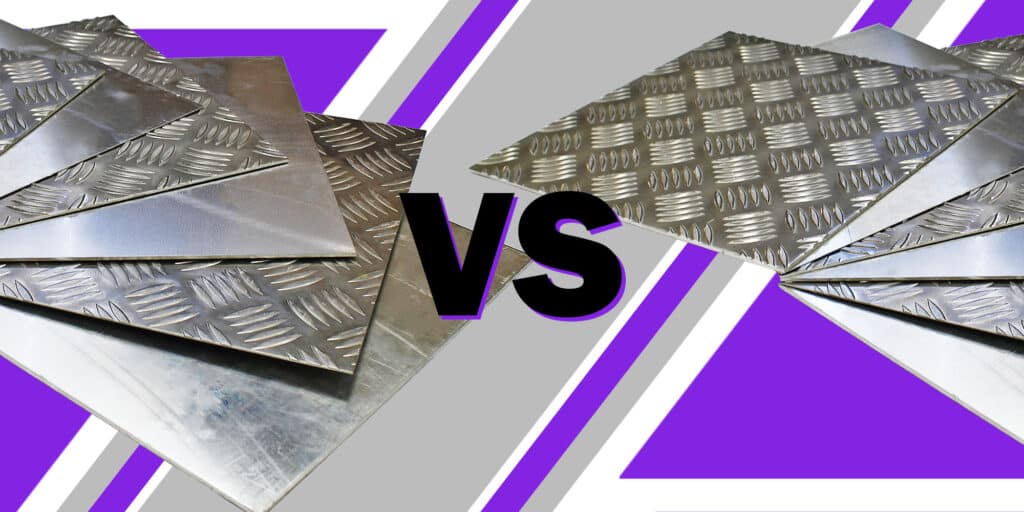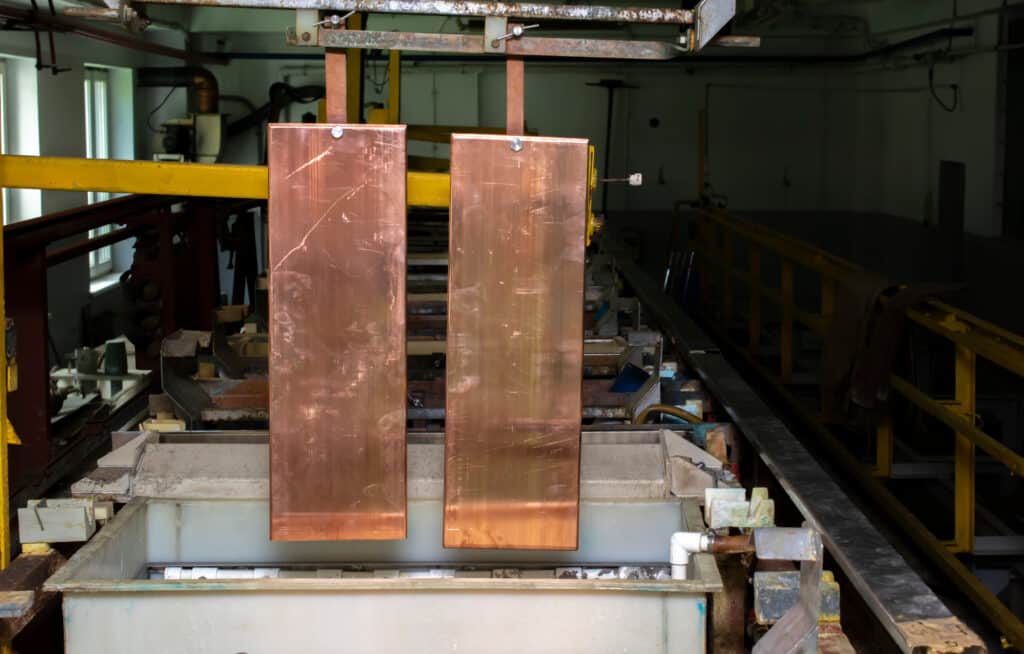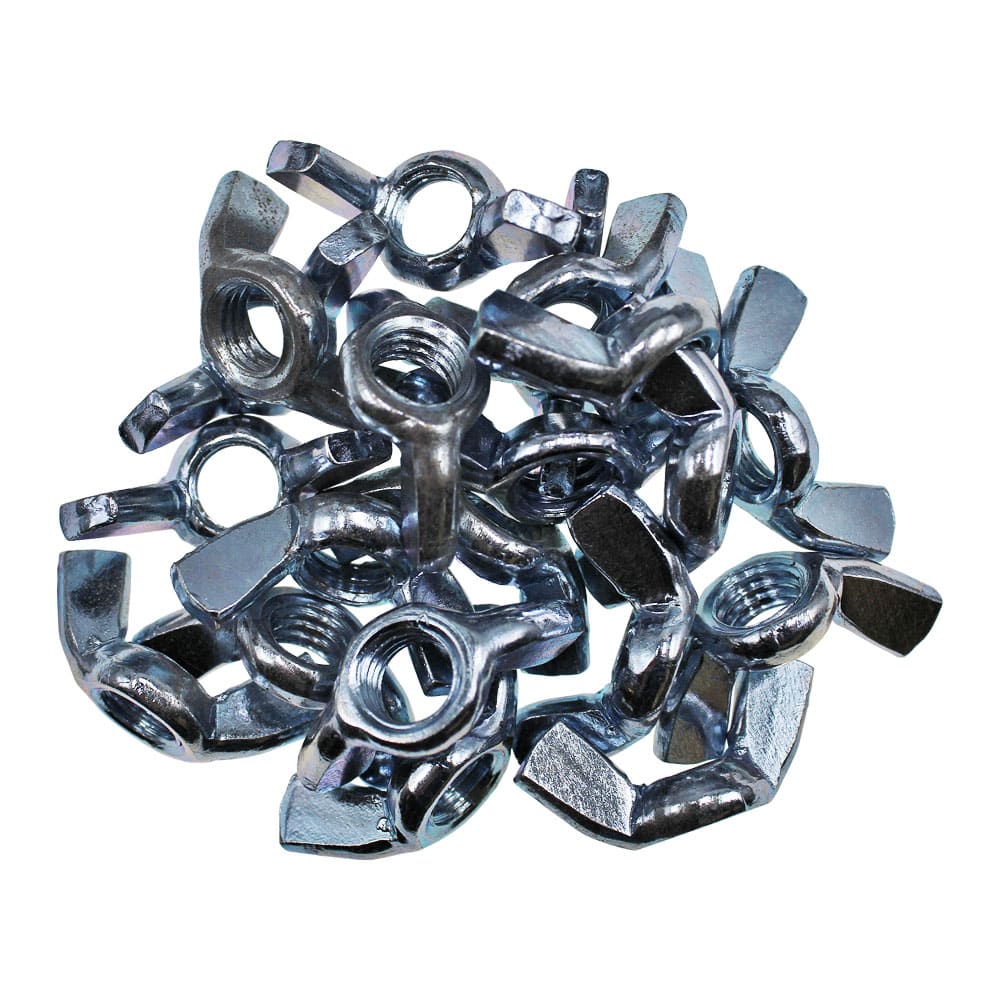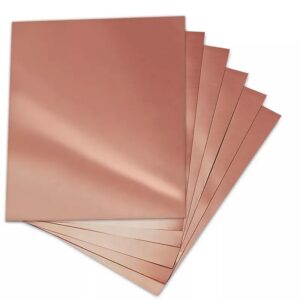
- Massive Range
- FREE UK Delivery
- Rapid Dispatch
- Massive Range
- FREE UK Delivery
- Rapid Dispatch
- Massive Range
- FREE UK Delivery
- Rapid Dispatch
Menu
Home » Copper in Antimicrobial Applications: Science and Benefits

Over the centuries, the fight against microbes has been an ongoing quest. People have always been innovative when it comes to finding ways to combat harmful pathogens, from boiling water to UV radiation and chemical agents. The use of metals, notably copper, in antimicrobial applications, has been known since ancient times and is currently gaining traction in the scientific community. As a result of copper’s antimicrobial properties, it has become synonymous with advanced healthcare and cleanliness. Dive deep into the science behind copper’s antimicrobial properties and its numerous benefits.
The antimicrobial efficacy of copper and its alloys has been a topic of study for several years. To truly understand why copper is so effective in combating a myriad of pathogens, we need to delve into the molecular mechanics at play.
Ion Release: When microbes come into contact with copper surfaces, copper ions (Cu+) are released. These ions have a disruptive effect on the cell membranes of bacteria, fungi, and viruses, leading to cell death.
Protein and Enzyme Disruption: The copper ions, once they penetrate the microbial cells, can bind to proteins and enzymes necessary for the cell’s metabolic functions. This can cause these proteins to lose their structure and functionality, leading to cell death.
DNA Interruption: Another fascinating aspect of copper’s antimicrobial action is its ability to interfere with the DNA replication process of microbes, making it impossible for them to reproduce and spread.
These combined actions make copper a formidable antimicrobial agent, capable of killing a broad spectrum of pathogens within mere hours or even minutes of contact.

The antimicrobial property of copper isn’t a new discovery. Ancient civilisations like the Egyptians used copper to sterilise chest wounds and drinking water. The Greeks also documented the use of copper in antimicrobial applications, noting its efficacy in treating pulmonary diseases and infections.
It’s intriguing to think that even without the scientific knowledge we possess today, ancient societies recognised the benefits of copper in antimicrobial treatments, reinforcing its timeless value.
The applications of copper in antimicrobial contexts today are expansive. Here are some of the key areas where copper is making a significant impact:
Healthcare Settings: Copper and its alloys are used in high-touch surfaces in hospitals and healthcare facilities. Items such as bed rails, doorknobs, faucet handles, and tray tables made of copper can significantly reduce the microbial load and thereby the spread of infections.
Public Spaces: In places with high footfall like airports, subway stations, and bus terminals, using copper for handrails, elevator buttons, and other frequently-touched surfaces can help minimise the spread of harmful microbes.
Water Storage: Drinking water stored in copper vessels undergoes a natural purification process, as the copper can kill harmful microbes present in the water.
Textiles: Some fabrics are now being infused with copper nanoparticles for antimicrobial benefits. These textiles can be used in making bedsheets, pillowcases, and even clothing, especially in healthcare contexts.
Fitness Centers: Gym equipment, given its high-touch nature, can be a hotspot for microbial activity. Using copper-infused equipment or surfaces can help reduce the microbial population.
Home and Office Products: From copper-infused keyboards to phone cases, these applications aim to reduce germ transfer in personal and workspaces.
Air Conditioning and Ventilation Systems: Copper components can be integrated into HVAC systems to reduce the spread of airborne diseases.
Food Industry: Copper surfaces in food production and storage areas can help in reducing microbial contamination.

The increasing awareness of the benefits of copper in antimicrobial contexts is paving the way for more innovations. As antibiotic resistance becomes a growing concern, alternative strategies like copper surfaces offer a promising avenue. Research into further optimising copper alloys for maximum efficacy and new applications are ongoing.
Broad-Spectrum Efficacy: Copper possesses the ability to kill a wide range of harmful pathogens, including bacteria, fungi, and viruses. This makes it versatile and effective in various environments.
Rapid Action: Many microbes die within a short time of coming into contact with copper surfaces. This rapid action is crucial in high-traffic areas, where quick disinfection is essential.
Durability: Unlike chemical disinfectants that need reapplication, the antimicrobial properties of copper are inherent and long-lasting. Once a surface or object is made of copper, it continues to provide antimicrobial action throughout its lifespan.
Reduction in Chemical Use: With copper surfaces or tools, there’s a decreased need for chemical disinfectants, reducing the chemical load in the environment.
Cost-Efficiency: While the initial cost of copper might be higher than some alternatives, the long-term benefits, such as reduced infection rates and decreased use of disinfectants, can result in overall savings.
Environmental Benefits: Copper is a naturally occurring element, and its use can decrease the reliance on chemically synthesised antimicrobial agents, which might have environmental disposal concerns.
Counteracting Antibiotic Resistance: The overuse of antibiotics and certain disinfectants can lead to resistant strains of bacteria. Since copper’s mechanism of action is different, it offers an alternative method to combat pathogens without contributing to antibiotic resistance.
Continuous Protection: Copper provides ongoing antimicrobial action, unlike surface disinfectants that lose their effectiveness after drying. This means constant protection against harmful pathogens.
Safety: Copper surfaces are safe for human contact, posing no risk of chemical transfer or related health concerns.
Aesthetic Appeal: Beyond its practical applications, copper also has an aesthetic appeal and can be incorporated seamlessly into various settings, from healthcare facilities to public transportation and homes.
The conversation surrounding copper in antimicrobial applications is a blend of historical wisdom, modern science, and forward-thinking innovation. With continued research and application, copper’s antimicrobial properties will revolutionise cleanliness and health standards globally, as it combats harmful pathogens.
As always, thank you for checking out our blog. We hope that this helps you with your project.
Please also check out the other articles in our helpful guide series. We have written about ‘Bending Copper Sheets‘ recently so why not check it out.
We are also proud to sell this product on our highly popular eBay store, check us out there too.
If you have any further questions, feel free to contact us.














Speciality Metals
Unit 1, Farrell Street, Warrington,
Cheshire, WA1 2WW, United Kingdom
Quick Links
Payment Options
